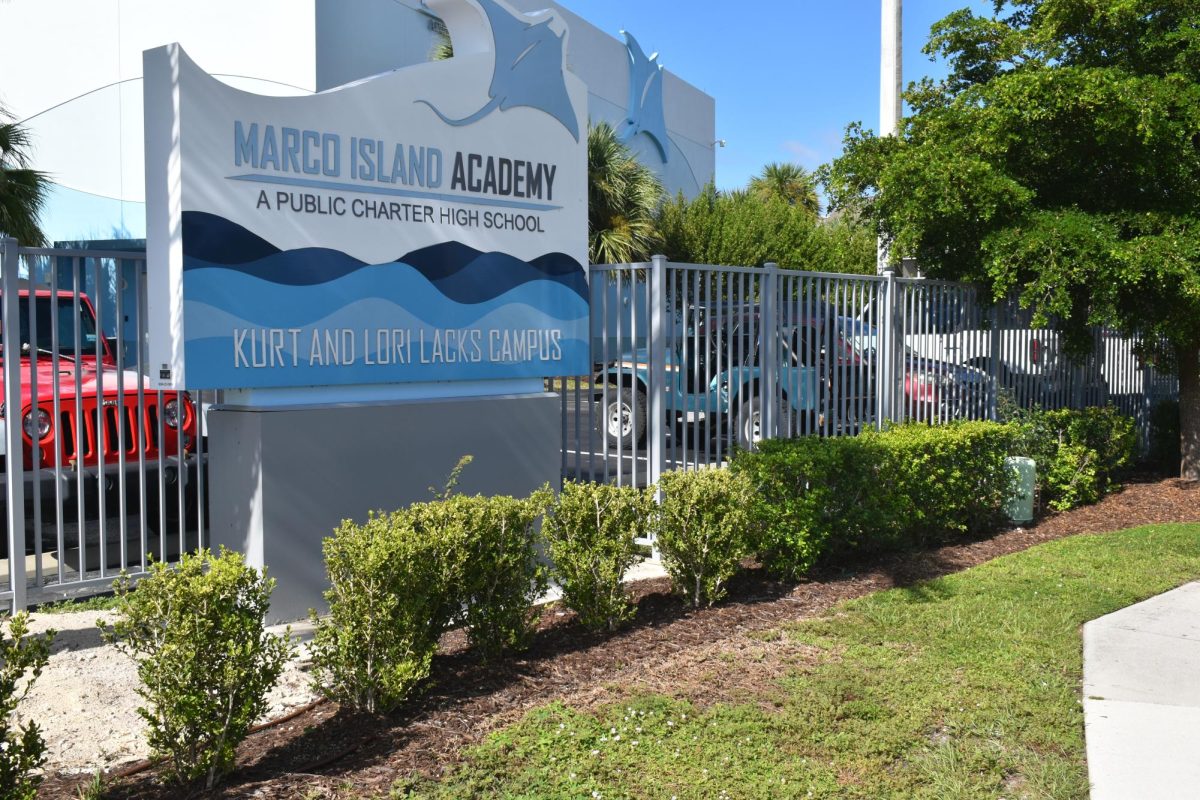A collaboration between NASA and Boeing has yielded progress towards another crewed spaceflight in May. This mission will send two NASA astronauts onboard the vessel CST-100 Starliner, Cutch Wilmore and Suni Williams, to the International Space Station before returning with them back to Earth eight days later. Two years earlier, the test mission of this vessel docked at the station uncrewed and returned successfully.
The ship will improve the economic sustainability of the aerospace industry, as the same ship can be reused to shuttle astronauts rather than needing to build a new one for every mission. Reusing the ship is also supposed to limit the risk of disaster inherent with every new shuttle launch. NASA’s commercial crew program manager Steve Stich was quoted stating, “We’re in really good shape,” in regards to the status of the shuttle.
Yet like all good things, there is a catch. The CEO of Boeing and two other companies have officially stepped down from the company. In January, the door of a Boeing 737 Max plane blew out. According to the FBI, the nature with which the accident occurred may be a crime and is currently under investigation.
According to the ex-CEO Dave Calhoun, Boeing is notorious for inner company moral struggles. He stated that the pressures of constant production impact the performance quality of the products, leaving the impression on employees that the “movement of the airplane is more important than the first time quality of the product.”
The president and CEO of Boeing Commercial Airplanes, Stan Deal, has also immediately retired. Yet January was not the only recent incident in which a Boeing product caused a serious accident. Two of its Max 8 jets had fatal crashes in 2018 and 2019.
The accident in 2018 occurred in October and resulted in the death of all 189 people on board after the plane crashed into the sea. The accident was a result of a miscalibrated angle-of-attack sensor. The accident in 2019 occurred as a result of a similar miscalibration of the angle-of-attack sensor and killed 157 passengers.
As a result of these incidents, all Boeing 737 Max planes were grounded by the President of the United States and then of other nations. Many blame Boeing for failure to address the problem during testing of the aircraft and even after the first crash.
The Boeing 737 Max was only formally launched in May of 2017, which leaves many concerned about the current and future production of Boeing, which includes Starliner. Despite the involvement and testing of NASA, many are still concerned about instrument failure due to the recent track record of Boeing.
In response to these concerns, NASA has implemented a manual control system on Starliner in case of instrument failure. This would allow the astronauts on board to override the automated control system in case of emergency.
According to Stitch, NASA is finalizing some of the certifications and adding more safety measures pending Starliner’s operational missions. Most in the aerospace industry are anxiously awaiting the formal launch of Starliner as it increases the reliability with which we can access the ISS. According to Boeing’s schedule, this could be as early as November 2024. There are mixed emotions in the aerospace industry over the shuttle, as it is already two years behind schedule and many are worried that the development is being rushed.









